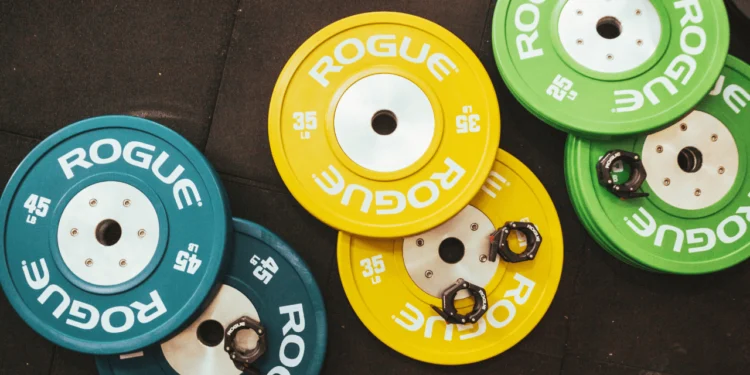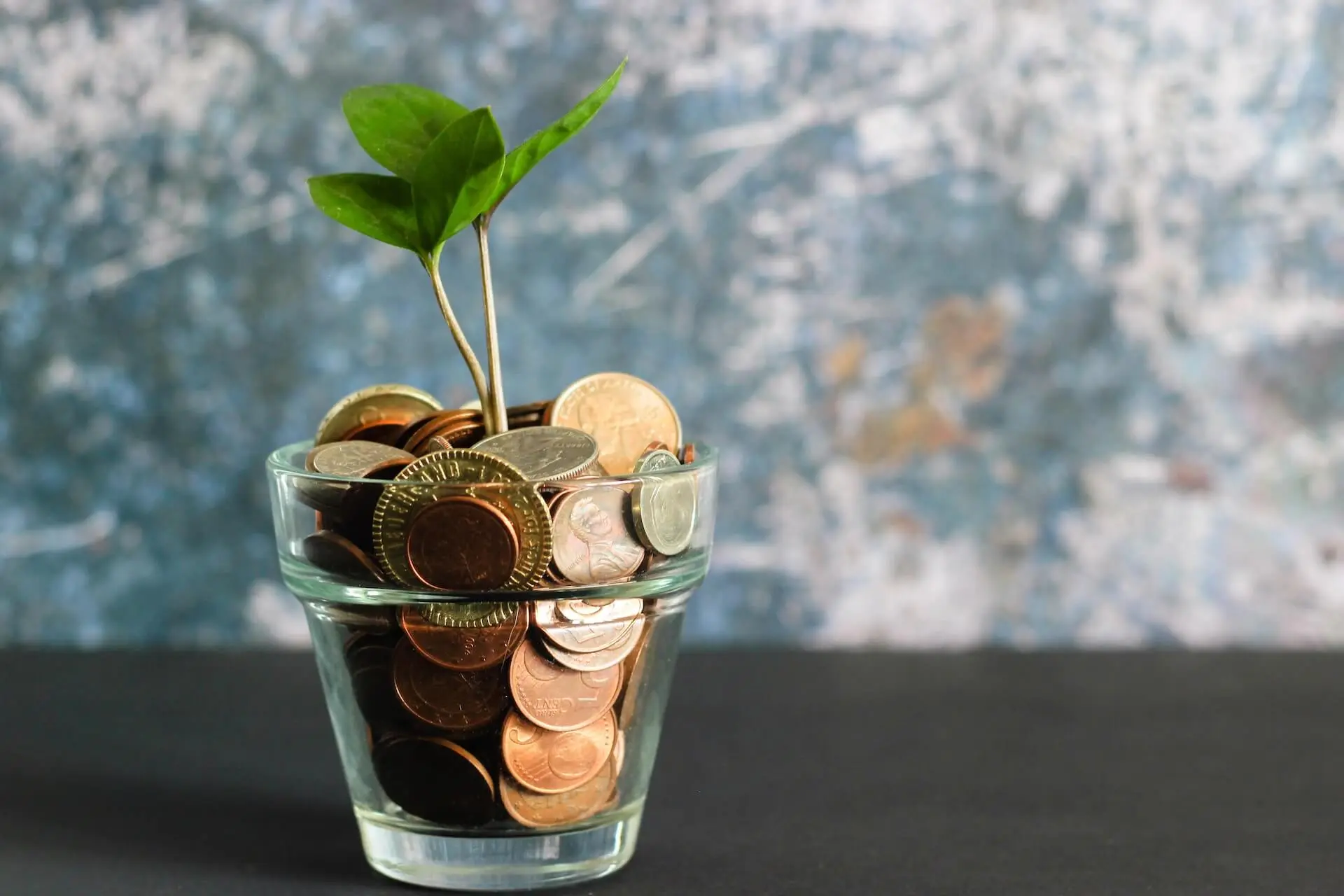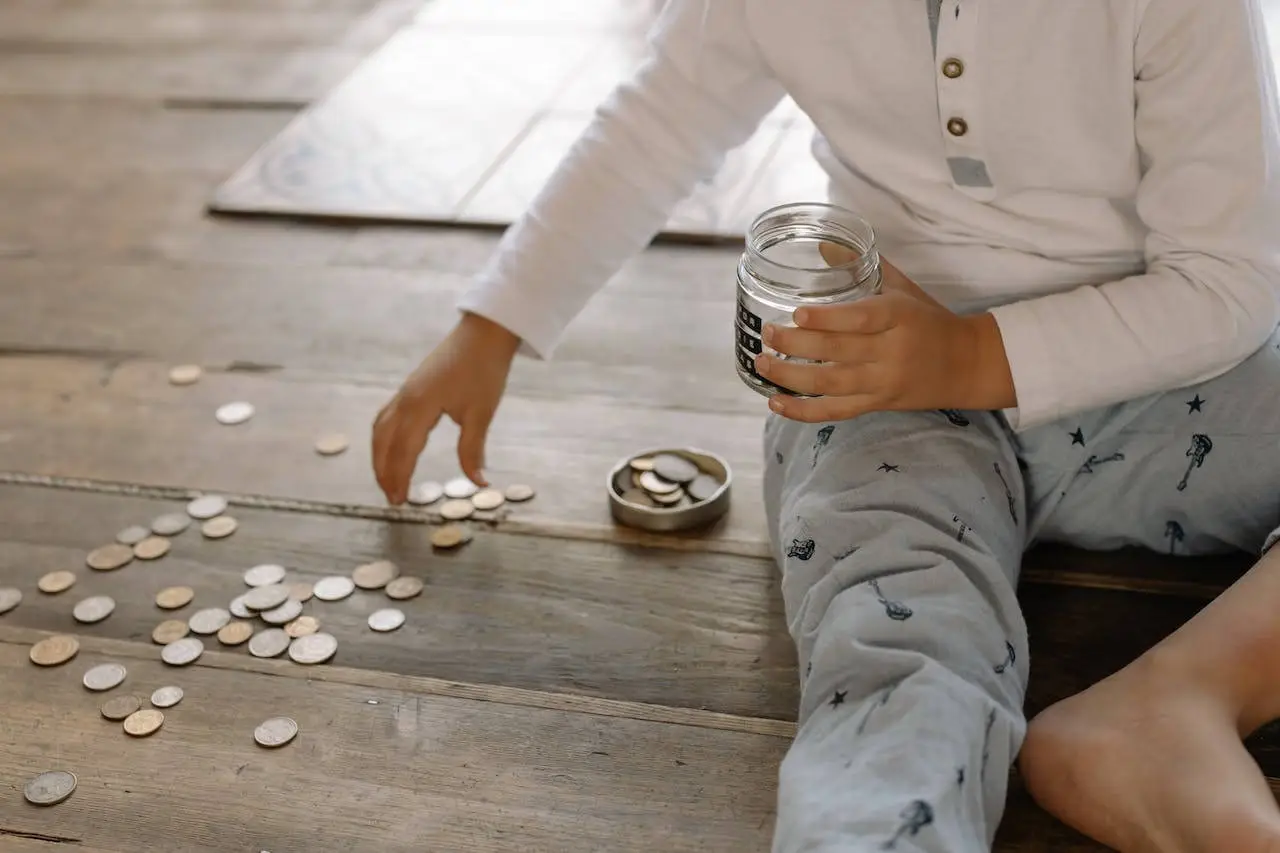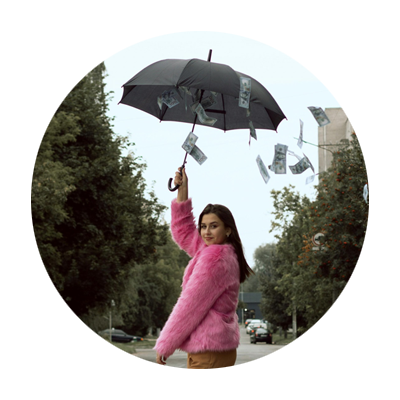Fitness gear is expensive. Between dumbbells, running shoes, yoga accessories, and home cardio equipment, building a decent workout setup can cost thousands. And if you’re trying to get healthier without wrecking your budget, that’s a real barrier.
But not everything needs to be bought brand new.
Some used fitness items are practically identical in quality and can save you hundreds of dollars.
But others? They can compromise your safety, hygiene, or performance in ways that aren’t worth the savings.
So what are the smart choices?
When does buying used make perfect sense and when is it worth paying full price?
7 Types of Fitness Gear You Should Buy Used
Dumbbells, Kettlebells & Weight Plates
Solid metal or rubber weights don’t wear out. They’re literally chunks of iron designed to be dropped, lifted, and used hard for decades. Check for rust (easily cleaned) or cracks in the rubber coating, but otherwise, used weights perform exactly like new ones.
Find them on Facebook Marketplace, Play It Again Sports, or Craigslist. Local gyms upgrading equipment often sell entire sets. You can likely save 60–70% off retail! Used weights typically go for about $1 per pound instead of $2–$3 new.
Yoga Blocks, Straps & Resistance Bands
These accessories are durable and easy to sanitize.
Check for cracks, mold, or fraying on straps, but most gently used yoga gear has years of life left. Online resale sites, garage sales, and studio closures offer bundles for 40–60% less than retail. That $12 yoga block? You’ll find it for $5.
Bicycles
Bikes depreciate fast, and great models get resold after minimal use.
Whether you need an adult commuter bike or kids’ bikes that’ll be outgrown in two years, buying used makes financial sense.
Check frame integrity, rust, brake, and tire condition before buying. Always test ride and verify the serial number isn’t flagged as stolen using Bike Index. Facebook Marketplace, certified used bike shops, and REI’s used gear section offer 30–50% savings on mid-range bikes.
Treadmills & Ellipticals
These expensive machines often become clothes hangers within months of purchase, which means lightly used equipment floods the resale market. Models that cost $1,000+ new frequently sell for $300–$500 used.
Look for machines under five years old with available replacement parts. Check belt wear, motor noise, and electronic displays. Local listings and gym auctions are goldmines for home cardio equipment.
Golf Clubs
Golf technology doesn’t change drastically year-to-year. Older models perform well, and used clubs save you 40–70% off retail. Check shaft integrity, groove condition, and grips (easily replaced if worn).
eBay, Golf Galaxy’s pre-owned section, and Callaway Pre-Owned all offer quality used clubs with some buyer protection.
Team Sports Gear for Kids
Kids outgrow baseball bats, hockey sticks, and cleats within a season or two. Buying new makes zero financial sense when used gear works identically and costs up to 80% less.
SidelineSwap, Play It Again Sports, and local Facebook groups have endless options. Check for splintering or cracks and replace grips or insoles if needed.
Workout Apparel (Selectively)
High-quality athletic brands like Lululemon and Nike are durable enough that used pieces still have plenty of life.
Check elasticity in waistbands, look for stains or odor, and you’ll find deals 50–70% cheaper than retail on Poshmark, ThredUp, or local thrift stores.
Skip used sports bras or underwear for hygiene reasons. Some things need to be new.
3 Types of Fitness Gear You Should Never Buy Used
Shoes (Running, Cross-Training, or Hiking)
Cushioning and support degrade over time, often invisibly.
Running shoes last 300–500 miles before losing shock absorption, and worn shoes can cause injury or poor performance. You can’t tell how many miles previous owners logged.
Buy new, but look for last-season models or outlet sales to save 30–50% without compromising safety.
Helmets (Bike, Ski, or Contact Sports)
Safety equipment is non-negotiable.
Helmets compromise after any impact, even if they look fine externally. The CPSC recommends replacing helmets after crashes or every 5–10 years, regardless.
Buy new with updated safety certifications (CPSC, ASTM, Snell). Your brain is worth the $50–$100.
Yoga Mats or Porous Foam Gear
Sweat and bacteria seep into foam, making thorough sanitization nearly impossible. Used mats can harbor bacteria or mold spores that soap and water won’t eliminate completely.
Buy eco-friendly mats new for $20–$40, or thoroughly sanitize them if you’re inheriting from someone you know and trust.
Shopping Smart for Used Fitness Gear
Timing matters. January, when New Year’s resolutions fade, and summer moving sales are prime seasons for deals. Always check new retail prices first; many used sellers overestimate their gear’s value and price accordingly.
Apps like OfferUp and Mercari now have “Local Pickup” filters to avoid shipping fees on heavy items like weights or bikes. Use them.
Negotiate. Most sellers expect it, especially on items listed for weeks.
Fitness Memberships: Should You Spend or Splurge?
Strategic, Not Cheap
Buying used fitness gear isn’t about being cheap; it’s about being strategic.
You can build a quality home gym or complete sports setup for a fraction of retail cost while also reducing waste.
The key is knowing where quality and hygiene matter most, and where used gear performs every bit as well as new.
Weights, bikes, and golf clubs? Buy used without hesitation.
Shoes, helmets, and yoga mats? Spend the extra money on something new.
Your wallet and your workout will thank you.



















